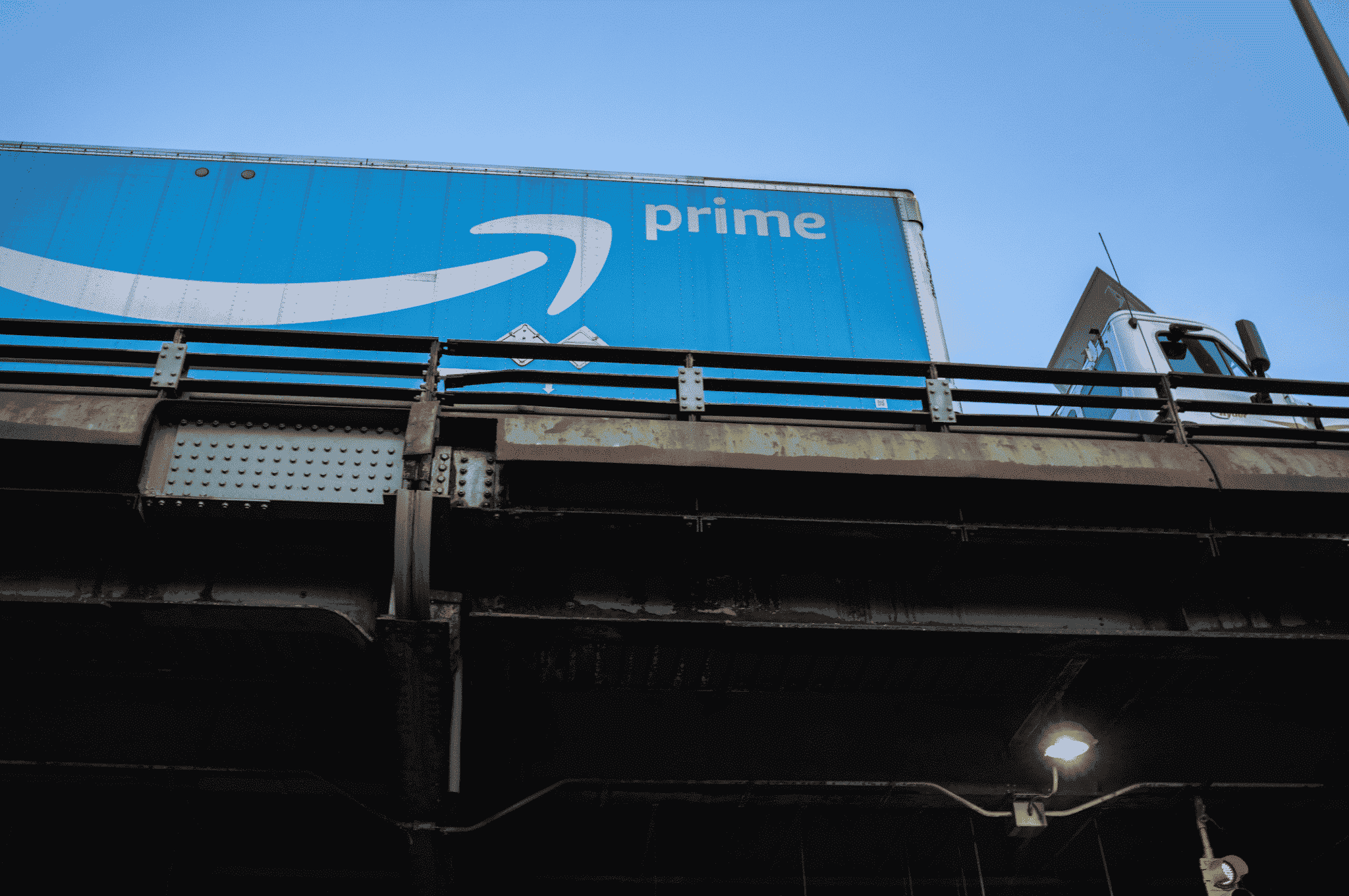

Greenhouse gas emissions rose again in the U.S. as people returned to normal life in 2021, dashing hopes that the coronavirus pandemic might have paved the way for a more climate-friendly economy.
U.S. emissions rose 6.2 percent last year compared with 2020 levels, according to initial estimates from the Rhodium Group released Monday. While emissions are still five percent below 2019 levels, they rebounded faster than the economy itself, which grows at around 5.7 percent each year.
“We expected a rebound but it’s dismaying that emissions came back even faster than the overall economy,” Rhodium Group partner Kate Larsen told The Guardian. “We aren’t just reducing the carbon intensity of the economy, we are increasing it. We are doing exactly the opposite of what we need to be doing.”
The increase in emissions was down to two major causes, the independent research group said.
- Transportation: Transportation emissions rose about 10 percent compared to 2020, accounting for the largest increase in 2021 emissions. The initial lockdown in 2020 decreased transportation emissions by more than 15 percent compared to 2019 levels as people avoided air travel and worked from home. Personal travel didn’t completely recover in 2021, but demand for consumer goods meant that freight travel actually rose above 2019 levels, the Rhodium Group said.
- Coal: Another driver of the emissions increase was a surge in coal power, which rose 17 percent in 2021. This is the first time coal power has increased since 2014, a change that was mostly caused by a hike in natural gas prices.
Overall, the findings mean that the U.S. is not on track to meet its Paris agreement goal of reducing emissions 50 to 52 percent of 2005 levels by 2030. While emissions fell to 22.2 percent below 2005 levels in 2020, they are now back up to 17.4 percent of 2005 levels. This means that the pandemic was not the sea change many hoped for, and that the U.S. will have to pursue policy changes in order to help limit global warming to 1.5 degrees Celsius above pre-industrial levels and avoid the worst impacts of the climate crisis.
“I think there was hope this moment the pandemic presented would change the way we do things, that it would be an opportunity to invest in the infrastructure we need to recover in a more sustainable way and that did not materialize,” Larsen told NBC News. “Without some other major intervention, the trajectory we’re on will get us nowhere close to our 2030 climate goals.”
Larsen told The Guardian that the U.S. could move in a more positive direction by passing the Build Back Better Act, which is currently stalled in the Senate. This would be the country’s first major climate legislation.
Penn State University climate scientist Michael Mann agreed.
“We’ve got to come down from the peak, in fact halfway down to zero, within this decade if we are to remain on course to keep warming below a catastrophic 1.5C,” Mann told The Guardian. “There was progress at Cop26 but there needs to be much more. And for the US to be able to do its part, we need the climate provisions of Build Back Better to pass Congress as soon as possible.”

 233k
233k  41k
41k  Subscribe
Subscribe 